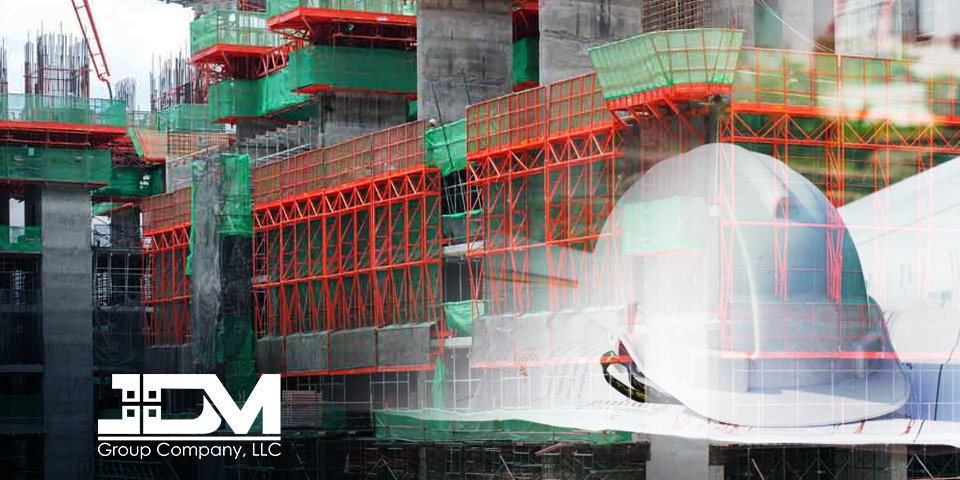Seismic Design of Structures: Building a Safer Future

Digitalization of Construction: BIM and Virtual Reality, a Revolution in Progress
August 5, 2024
Artificial Intelligence Revolutionizes Construction
September 16, 2024What is seismic design?
Seismic design is a branch of civil engineering that focuses on constructing structures capable of withstanding the effects of earthquakes. Its primary objective is to ensure the safety of people and the functionality of buildings in seismic zones.
Why is it important?
Earthquakes are unpredictable natural phenomena that can cause catastrophic damage to structures. Seismic design aims to minimize this damage, safeguarding lives and property. Additionally, it contributes to faster recovery in affected areas.
Basic principles of seismic design
- Seismic analysis: The intensity and frequency of expected seismic movements in the construction area are evaluated.
- Resistant design: Structural elements (columns, beams, slabs) are designed to absorb and dissipate earthquake energy.
- Energy dissipation systems: Elements that absorb seismic energy, such as dampers or seismic isolators, are incorporated.
- Construction details: Special attention is paid to construction details to ensure structural continuity and avoid local failures.
How is a seismic-resistant structure designed?
- Data collection: Information is gathered about the seismicity of the area, soil type, and project characteristics.
- Structural modeling: A mathematical model of the structure is created to analyze its behavior under seismic loads.
- Seismic analysis: The effects of an earthquake on the structure are simulated, and the forces it must withstand are calculated.
- Design of structural elements: Structural elements (columns, beams, slabs) are sized to resist the calculated seismic forces.
- Construction detailing: Detailed plans are developed that specify how to construct the structure, ensuring structural continuity and the correct connection of elements.
Benefits of seismic design
- Increased safety: Reduces the risk of structural collapse and protects human life.
- Lower long-term costs: Seismic-resistant structures require less maintenance and repairs in the long term.
- Contribution to sustainable development: Promotes the construction of more resilient and safer cities.
Current trends in seismic design
- Advanced materials: New materials with high strength and ductility are used, such as fiber cement and carbon fiber composites.
- Seismic isolation systems: Devices are used that decouple the structure from the ground, reducing the transmission of seismic vibrations.
- Performance-based design: Focuses on the expected performance of the structure during and after an earthquake, beyond meeting building codes.
- Digitalization: Computational modeling and analysis tools are used to improve the accuracy and efficiency of seismic design.
Seismic design is a fundamental discipline in civil engineering that ensures the safety and durability of structures in seismic zones. By investing in proper seismic design, we protect lives, minimize economic losses, and contribute to the construction of a safer future.




